With so many interesting types of fruit available all over the world, it can be hard to keep track of what’s out there and what we can use each piece of fruit for. It is impossible to list every fruit from around the world so we are going to focus solely on the fruits that start with M.
Fruit is so versatile that it can be used in the kitchen, eaten as a snack, used in cosmetic products, and even used in medicine.
If you’re looking to broaden your knowledge regarding the world of fruit, or if you’re simply looking for new fruit to add to your must-try list, you’re in the right place. We’re going to help you out.
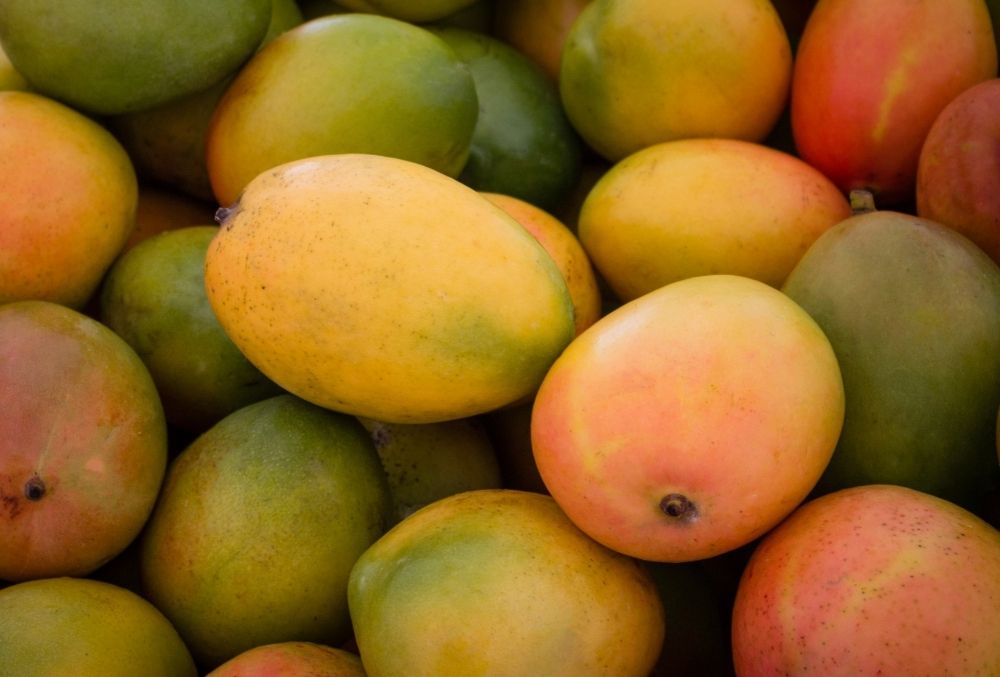
In this article, we have created an extensive list of delicious, unique, and strange fruits from all around the world that start with the letter M so you can improve your knowledge and find new tasty fruits to add to your shopping list.
Mango
Mango is the first fruit on our list because it’s arguably the most well recognized and the most delicious.
Originating in India almost 4,000 years ago this bright fruit is rich in vitamins, fiber, and antioxidants.
Green and red in color with soft yellow flesh, the whole of the mango, including the skin can be eaten raw. The sweet taste of mango is delicious in a variety of desserts or even some curry dishes.
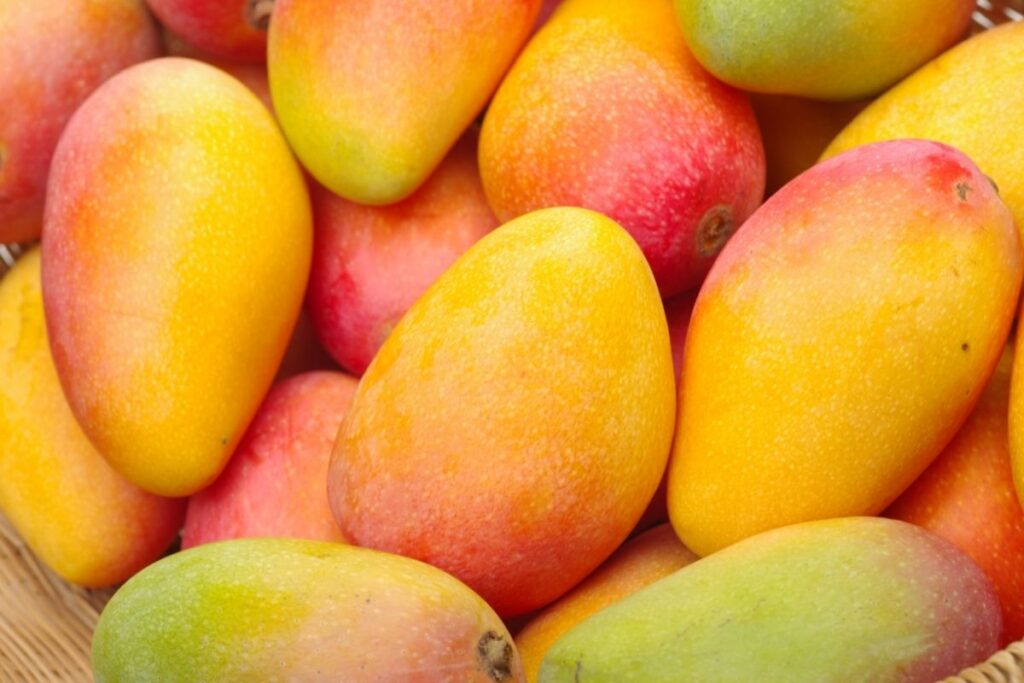
Mandarin
Mandarins are one of the most popular types of orange in the world. The small orange-colored citrus fruit is a little sweeter and easier to peel than its parent fruit.
Once the rough mandarin peel is removed you will find a collection of the soft segments of fruit. As it is an excellent source of vitamin C, mandarin promotes healthier skin and the healing of wounds. Bake them into cakes or a fresh salad to experience the best flavors.

Mammee Apple
You may not have heard of the mammee apple before. The mammee apple is related to the mangosteen.
With an unappealing pale skin, the mammee apple has a surprisingly nice taste. It tastes somewhat like apricot and passionfruit with a sharp hint of berries.
The fruit starts off hard but starts to soften as it ripens. You will need to be careful when eating the mammee apple as the juice in the two large seeds can cause pretty tough stains.
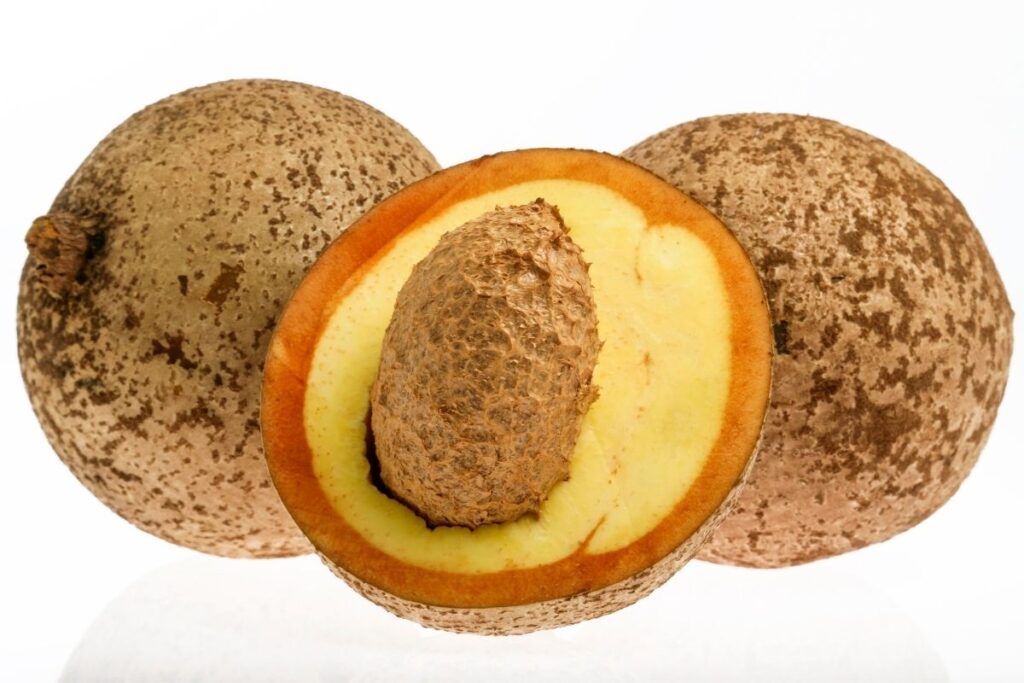
Maqui Berry
The maqui berry plant grows in Chile and Argentina. Each plant produces approximately 22lbs of purple-black berries a year.
Like most berries, the maqui berry offers a delightful balance of tart and sweet notes that bring an earthy element to a range of dishes. Also eaten on their own, these berries promote general health and wellbeing.
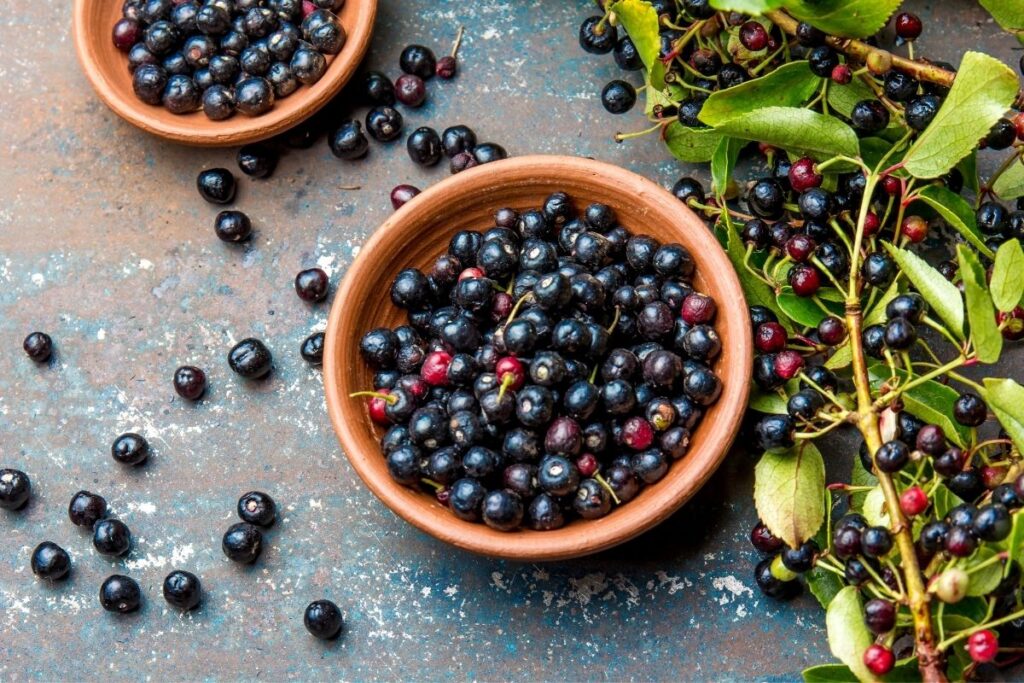
Melon
You might be surprised to hear that melons are actually a type of berry. There are over 38 different types of melon, including watermelon, honeydew, and cantaloupe.
This large round fruit has tender flesh with a sweet taste. The only downside to the melon is the annoying amount of seeds they tend to have. Despite this annoyance, the different varieties of melon taste wonderful on their own or in a range of different sweet and savory dishes such as a salad, salsa, or soup.
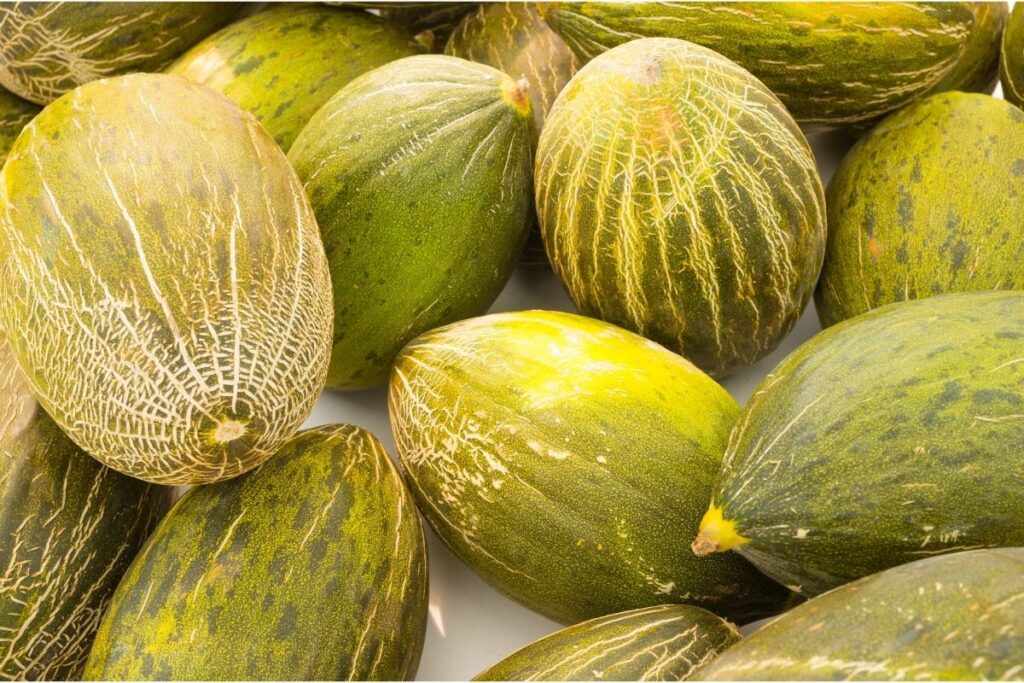
Mora
Mora is a type of blackberry with a sweet and tangy taste. Grown like a raspberry, mora fruit is full of vitamins A, C, E, and K.
The small deep red, circular berries are commonly used to make flavor-filled smoothies, juicy jams, and the freshest of fruit salads.
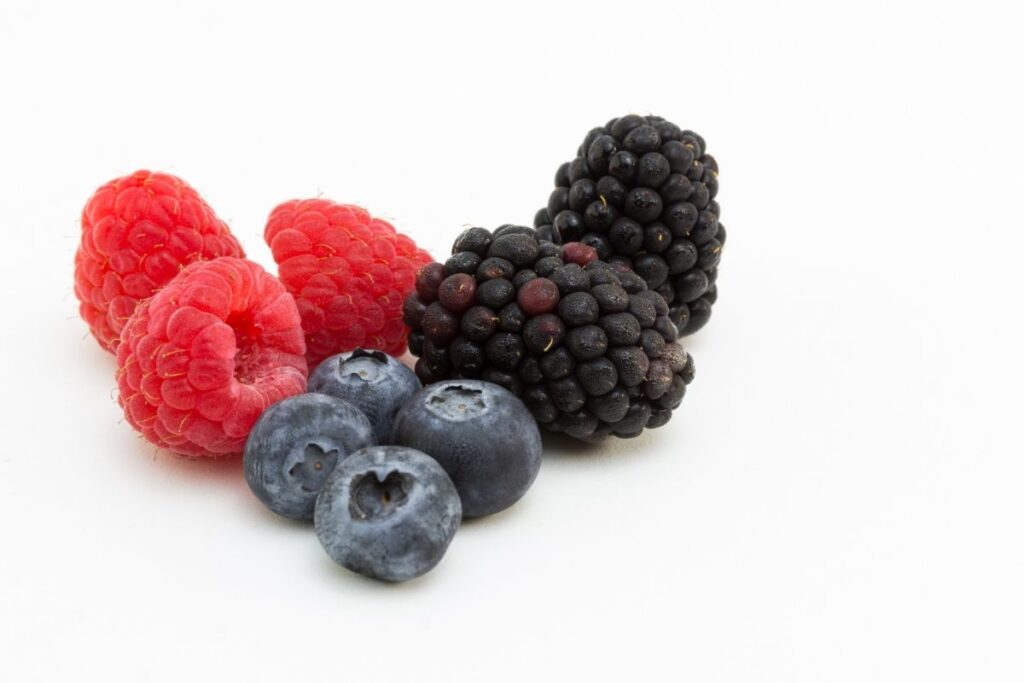
Medlar
Medlar is a unique fruit that grows in winter. It has been grown, eaten raw, and incorporated into many dishes for thousands of years.
It has a distinctive shape often compared to a large rosehip that has a puckered end. The edible fruits have an acquired tart taste when eaten raw, but taste more pleasant when made into a jelly or other dessert.
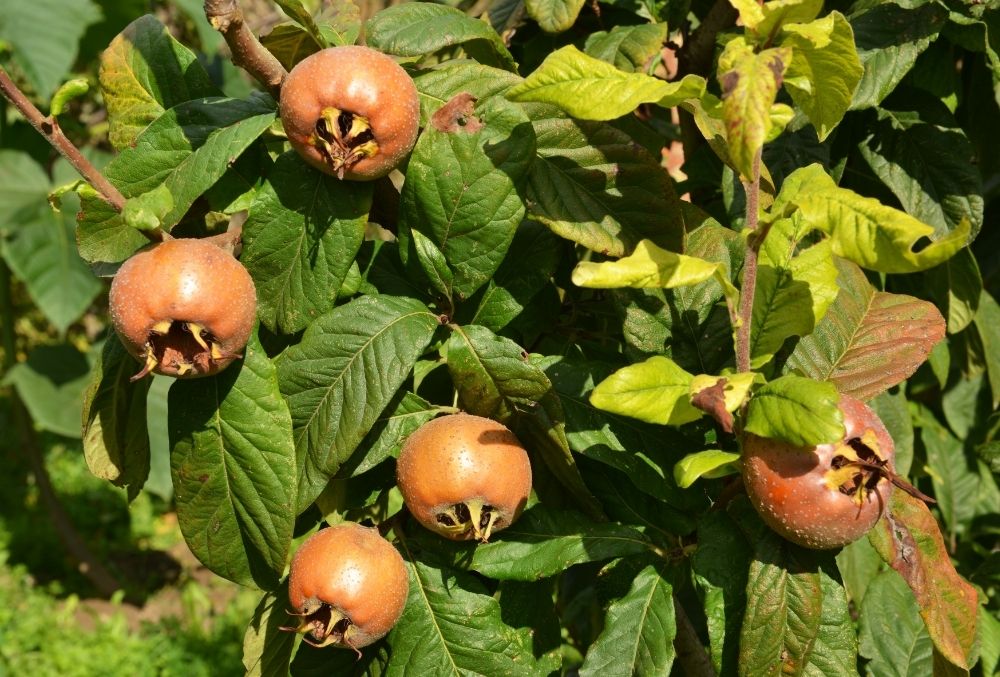
Mamoncillo
Despite looking exactly like lime and even meaning lime in Spanish, the mamoncillo is commonly related to the lychee. In fact, it isn’t a citrus fruit at all. It gets its name from its green color and as a result of its taste.
The mamoncillo has a taste with similar characteristics to the lychee and the lime. The gelatinous flesh found inside the tough skins is beautifully sweet and tangy in flavor.
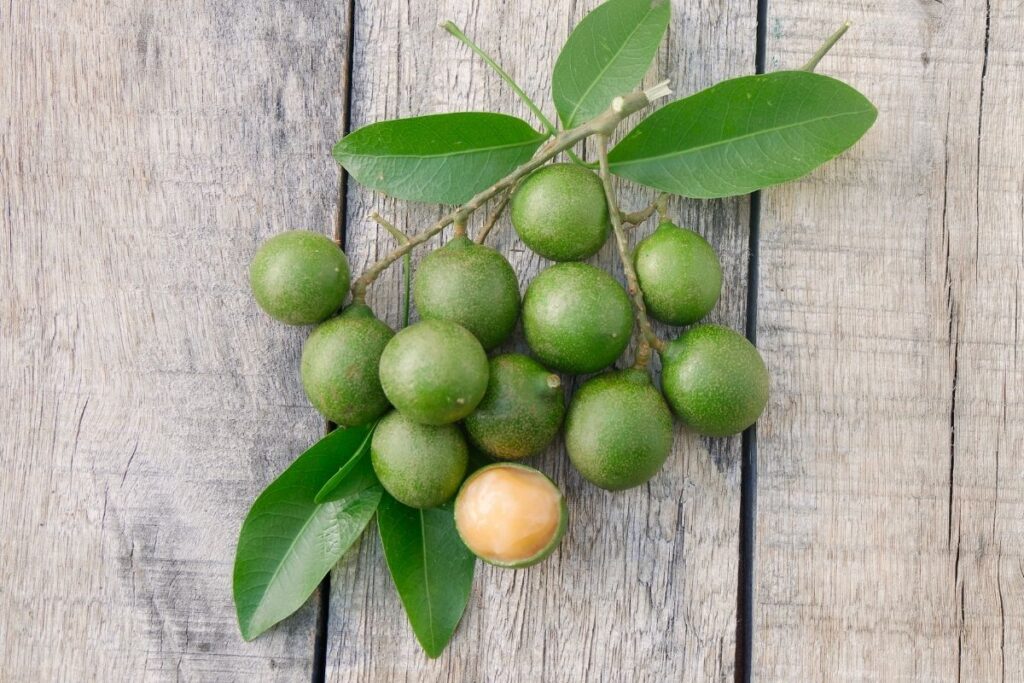
Melon Pear
Cultivated in South America this sweet fruit is a strange mix between a melon and a cucumber. The melon pear is noticeable thanks to its bizarre appearance.
Weirdly, these fruits often grow in the shape of a heart, varying in colors from pink and white to green.
They should be eaten much like a melon. Simply peel the skin, remove the seeds, and get stuck into the sweet juicy flesh.
If you don’t want to eat the pear on its own why not put it in a fruit salad or on top of your breakfast cereal.

Marisol Clementine
The Marisol clementine is another variation of the orange. Just like its parent fruit, this is a juicy sweet, little orange with a pleasant hint of tartness.
Believed to be cultivated in Egypt, this orange also has a soft and tender texture and is packed with healthy vitamins like vitamin C.
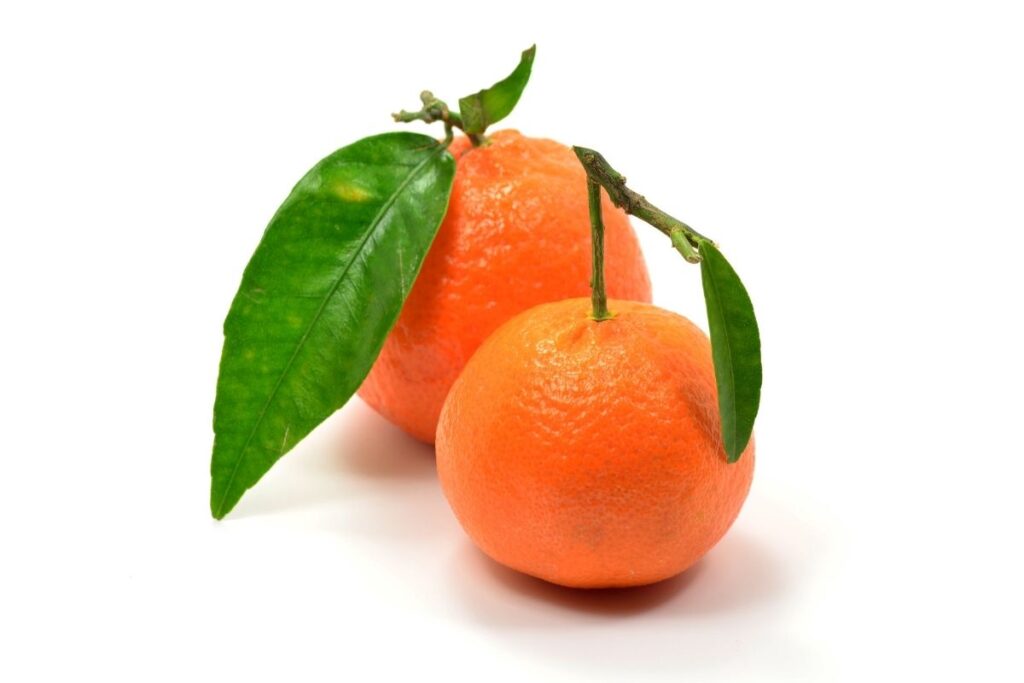
Manila Tamarind
Found in most southern countries across the globe, including South America and Asia, the Manila tamarind is a long greeny-brown pod containing a thick pulp, acidic and sweet in taste.
Circular in shape and red in color the soft pulp is used to make sugary beverages or used as an antiseptic.
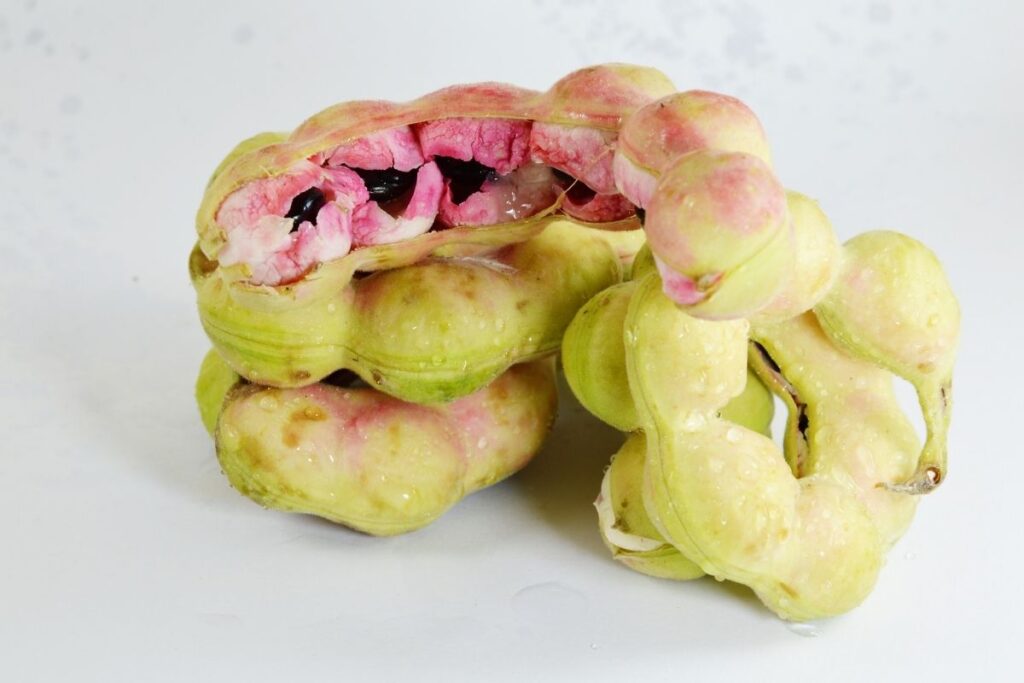
Merton Pride Pear
The Merton pride pear is an English pear with a very fruity, soft, and sweet flesh. Created in the 1940s, this pear has a similar shape and appearance to the most common types of pear.
The pear changes from green to yellow as it ripens. Thanks to its super juicy creamy fruit this pear is used in a number of high-quality culinary desserts. Most people eat it raw as a snack.
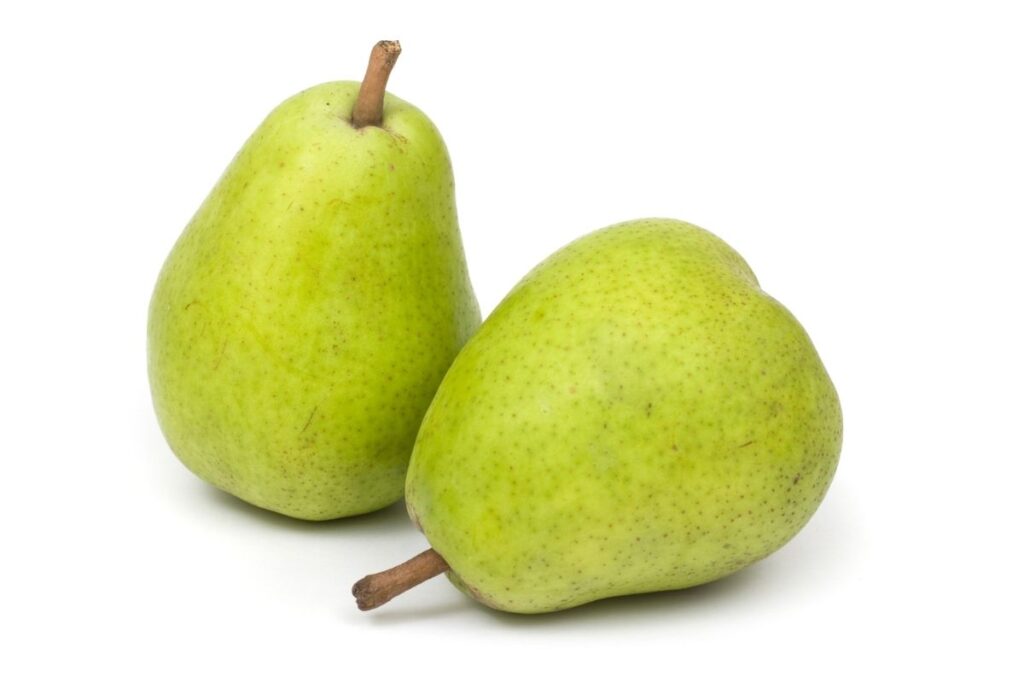
Marang
Marang is the Filipino word used to name this fruit that comes from Borneo, in Southeast Asia. Its scientific name contains the word “odor” which isn’t surprising considering it’s incredibly strong gasoline-like smell.
Inside the large prickly green shell of the marang fruit, you will find a mass of seeds containing white, sweet fruit. Despite its horrific smell, the fruit tastes pretty fantastic.
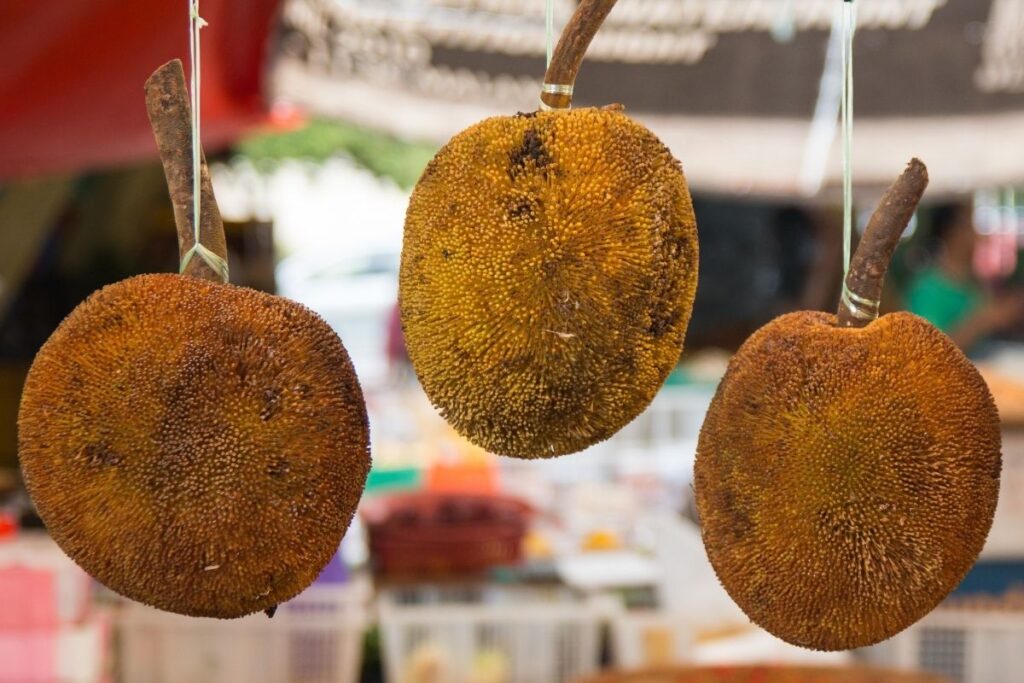
Maracuya
Maracuya is the Spanish word for passion fruit. Native to Argentina and Brazil they are usually yellow in color and have a flesh tasting similar to that of a pineapple.
Compared to a normal passion fruit the maracuya fruit has a sweeter, more mild flavor, but the inside looks just the same. Inside the maracuya fruit, you will find a vast collection of tiny seeds covered in yellow juicy fruit.
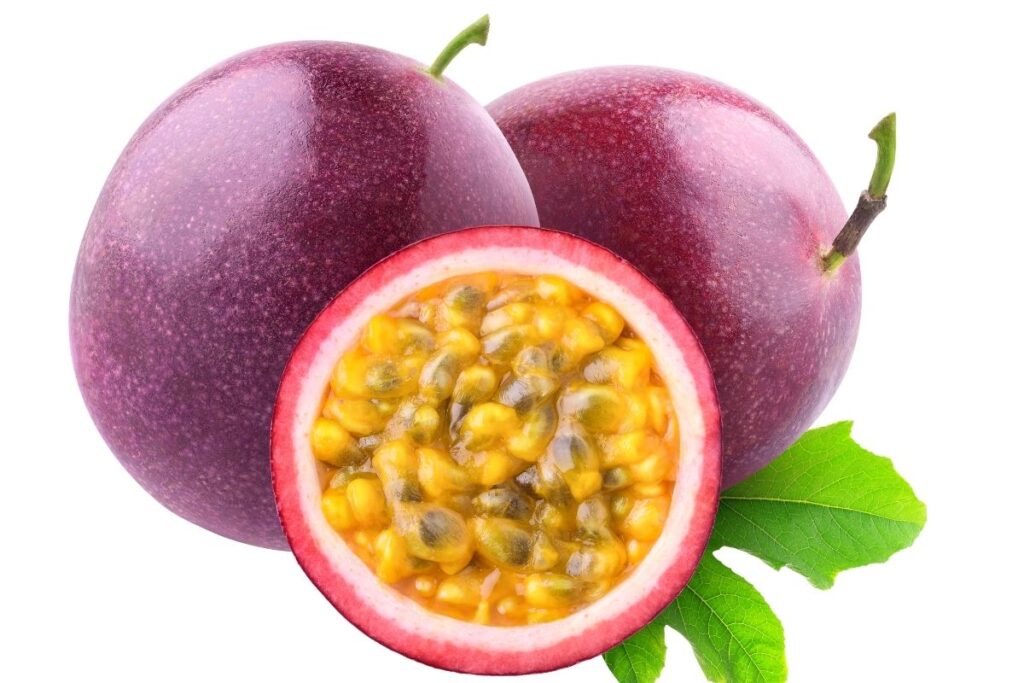
Mangosteen
You might have guessed, thanks to its name, that the mangosteen is a type of mango, but it isn’t. The mangosteen is its own kind of fruit, originating from Asia.
The mangosteen has a thick, hard, round, dark red rind that surrounds the sweet, tangy snow-colored white flesh that resembles the segments of a mandarin orange. The mangosteen can be eaten raw. It is often used as a way to treat diarrhea and urinary infections.
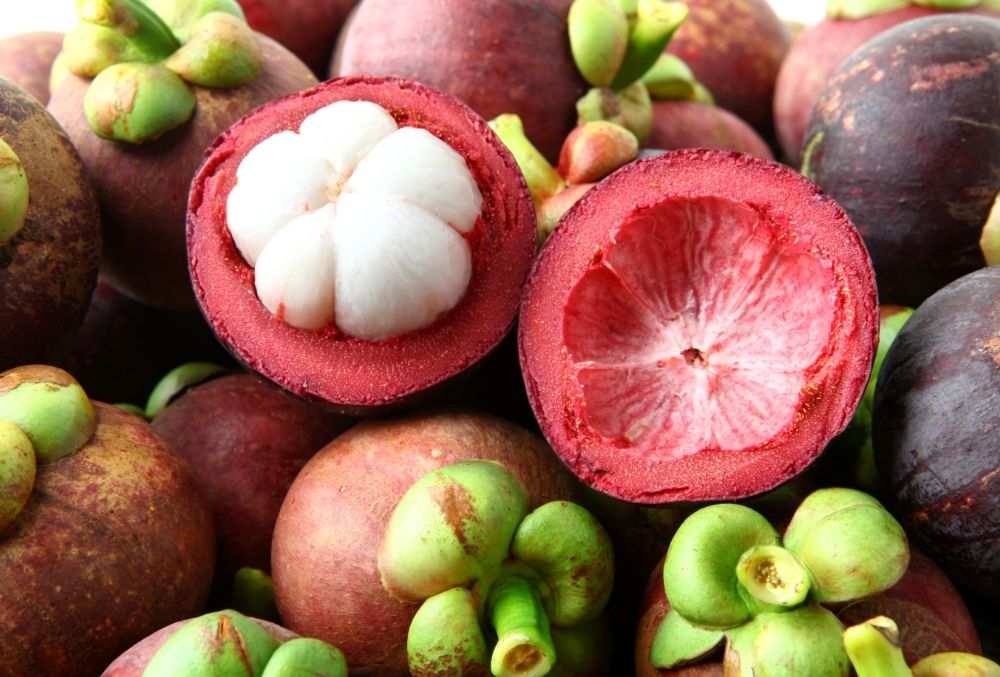
Mayhaw Fruit
This fruit grows along rivers and creeks in the United States. As a result of this people frequently harvest it directly from the water’s edge.
Used to make jelly, the mayhaw fruit is a lesser-known berry that ripens and drops off its tree in early summer. They also have the appearance of small tomatoes growing in different hues of red and orange.
Some enjoy the fruity, tart taste so much they make syrup, wine, jams, and pies out of this small fruit that packs a punch.
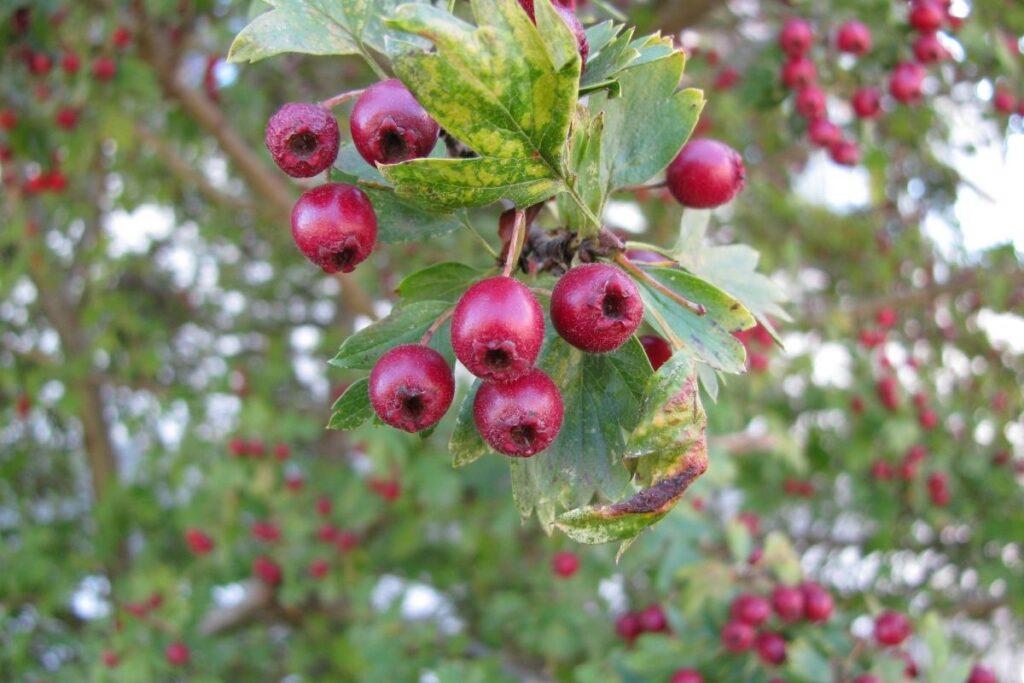
Madrono Fruit
Native to Europe, madrono fruit has a bumpy skin and bitter flesh. The tree on which they grow is also known as the “Irish strawberry tree” because the fruits can be red, pink, or yellow.
With a similar flesh to a lemon, the madrono fruits citrus flavors work well in jams and beverages.
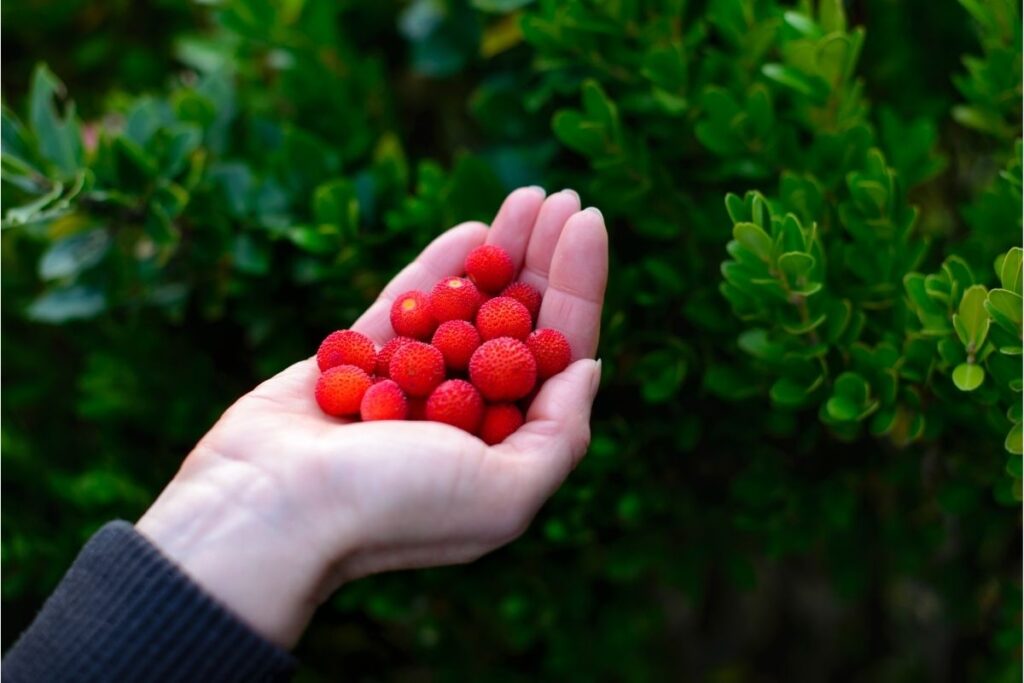
Masak Hijau Banana
Typically found in Malaysia this delicious variety of banana can grow to be anywhere between 15 to 25cm in length.
The long boomerang-shaped green fruits that become yellow when ripe taste much like normal bananas, however, some say they have a stronger flavor that makes them a great choice in the culinary industry.
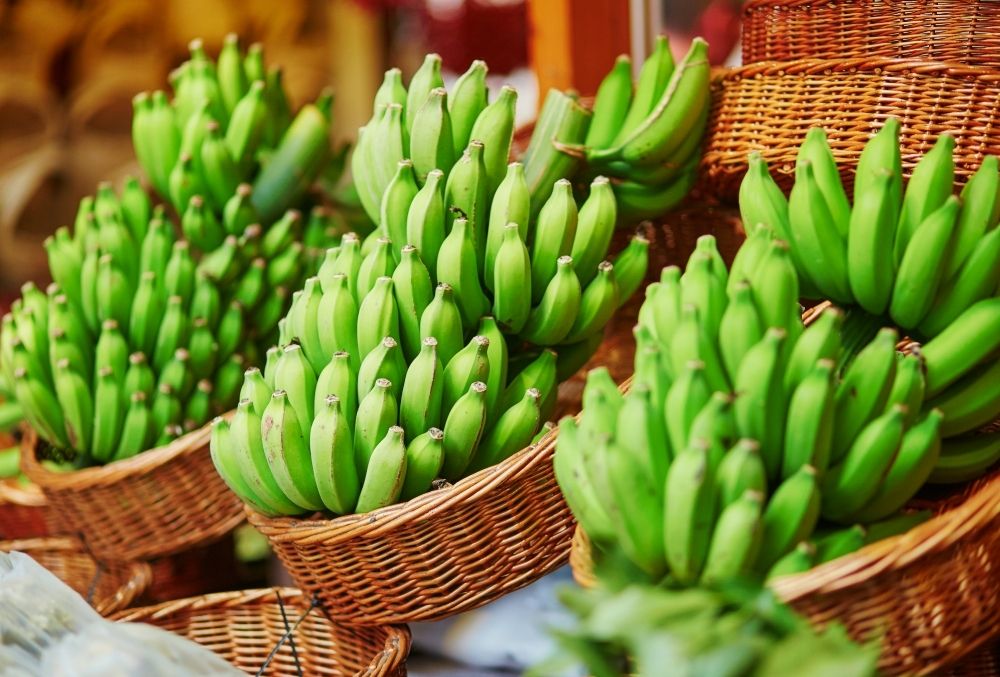
Miracle Fruit
Native to West Africa, the miracle fruit is a red berry commonly used for medicinal purposes. Used to treat diabetes the fruit is also used as a low-calorie-free sweetener that reduces sour tastes in other foods.
In terms of appearance, the miracle fruit looks like a larger cherry tomato. It is oval in shape with a strong red color.
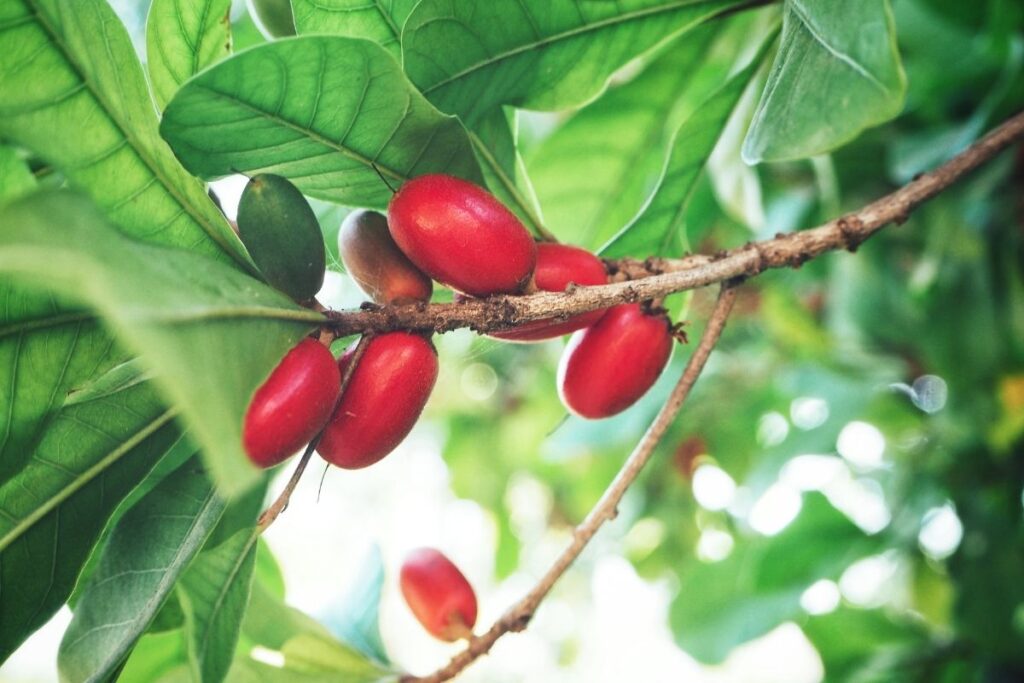
Marsh Pink Grapefruit
The marsh pink grapefruit was actually grown by mistake in Texas. They have a much milder, sweeter taste than most grapefruits, and come with a gorgeous pink hue.
Packed with vitamins this grapefruit adds bursts of flavor to salads, breakfast dishes, meat dishes, and appetizers.
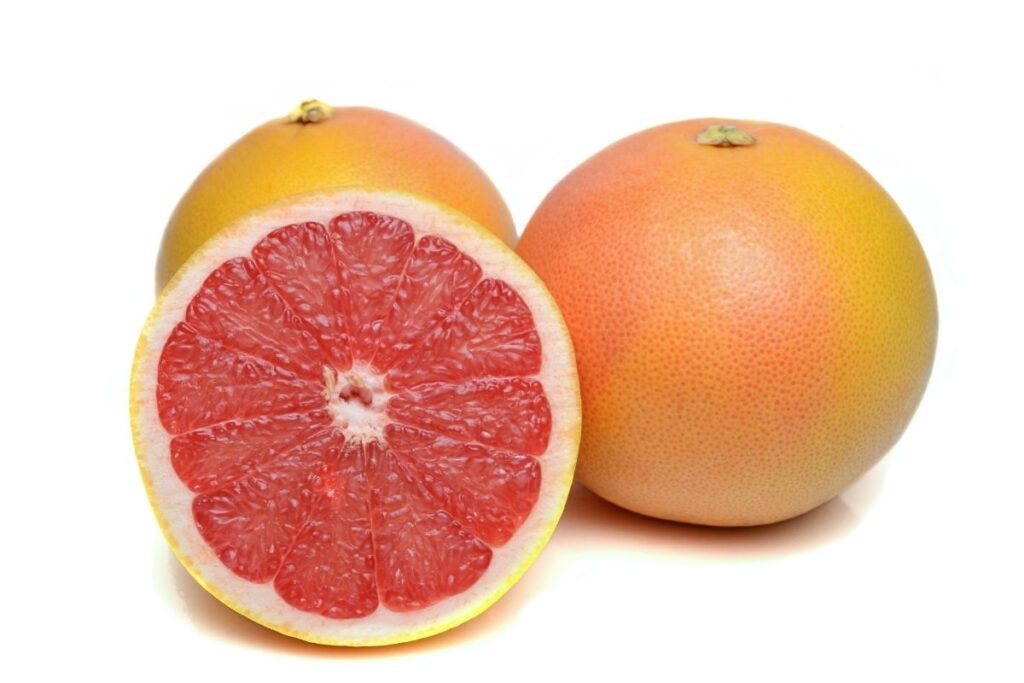
Final Thoughts
The world is full of incredible fruits that are all unique in their own way. Hopefully, our list has given you a good idea of all the fruits out there that start with the letter M. Though we could have gone on and on, you should now have some inspiration for new things you can try.
Some of the fruits on this list are perfect for adding sweet flavors to your dishes, while others make a good quick snack. While some fruits might not taste so good or have an unpleasant aroma and appearance, they are still well worth trying.
Now you have our list, why not learn more about fruits that start with other letters of the alphabet or head to the store to try and find some of the wonderful fruits from our list.
We hope you learned something from this article, here are other articles that you can learn from:
14 Fruits With Seeds (Including Pictures)
Pumpkins: Growth Time and Stages of Development From Seeds To Fruits







